
The Municipality of Carrillo’s website’s performance has placed it among the top five municipalities in the country, in spite of getting a score of 58 out of 100, according to the latest study of this kind from the Central American Institute of Business Administration (in Spanish, INCAE).
Carrillo trails only Heredia, Palmares, Moravia, and Santa Ana. The municipality ended up ranked 29th out of the 172 public institutions analyzed.
According to INCAE’s study, some important aspects for a web page include paying taxes online, availability of documents regarding local officials’ performance, mobile-responsive design, and a simple interface.
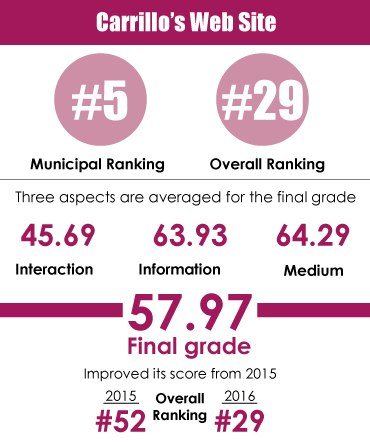
A digital platform that allows citizens to review the work municipalities is fundamental for democracy and accountability of authorities, explained Luis Loría, coordinator for the Area of Investigation and Development (AID).
“Access to information empowers people and allows them to make noise and ask about what’s going on if they don’t like a project,” said Loría.
Additionally, well designed sites have a positive impact on community members’ quality of life and helps them save time and money, explained Maikol Porras, president of the Citizens’ Research Center for an Open Society (in Spanish, ACCESA).
“People don’t have to take off of work for several hours [do take care of something], they just have to open a tab on the internet and take care of the matter in five minutes,” said Porras.
As part of the Municipality of Carrillo’s technological upgrades, starting in June, 2017, the institution will make all of its purchases via the digital platform Mer-Link. It is also part of the nine municipalities in Guanacaste that allow people to obtain building permits from their website.
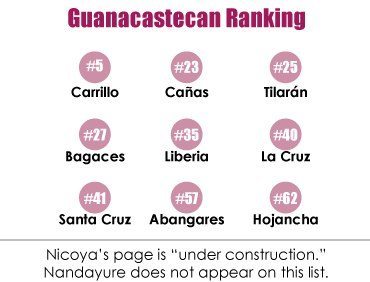
Chance to improve
In spite of Carrillo’s ranking, if this were a high school test no municipality would have passed; all scores were below 70.
These low grades are due to institutions’ inexperience in digital media.
“This is a new trend in the country and people still don’t know how to digest it,” Loría told The Voice of Guanacaste.
However, both experts agreed that Carrillo’s efforts are an example for other municipalities to learn about from their successes and correct the weaknesses.
Among those is the Municipality of Hojancha’s site, which received the lowest score of all the public institutions analyzed in the country.
“Hopefully Carrillo can share its experience with other cities. … It’s an opportunity for Hojancha to become Carrillo and for [Carrillo] to move up to first place,” said Porras.


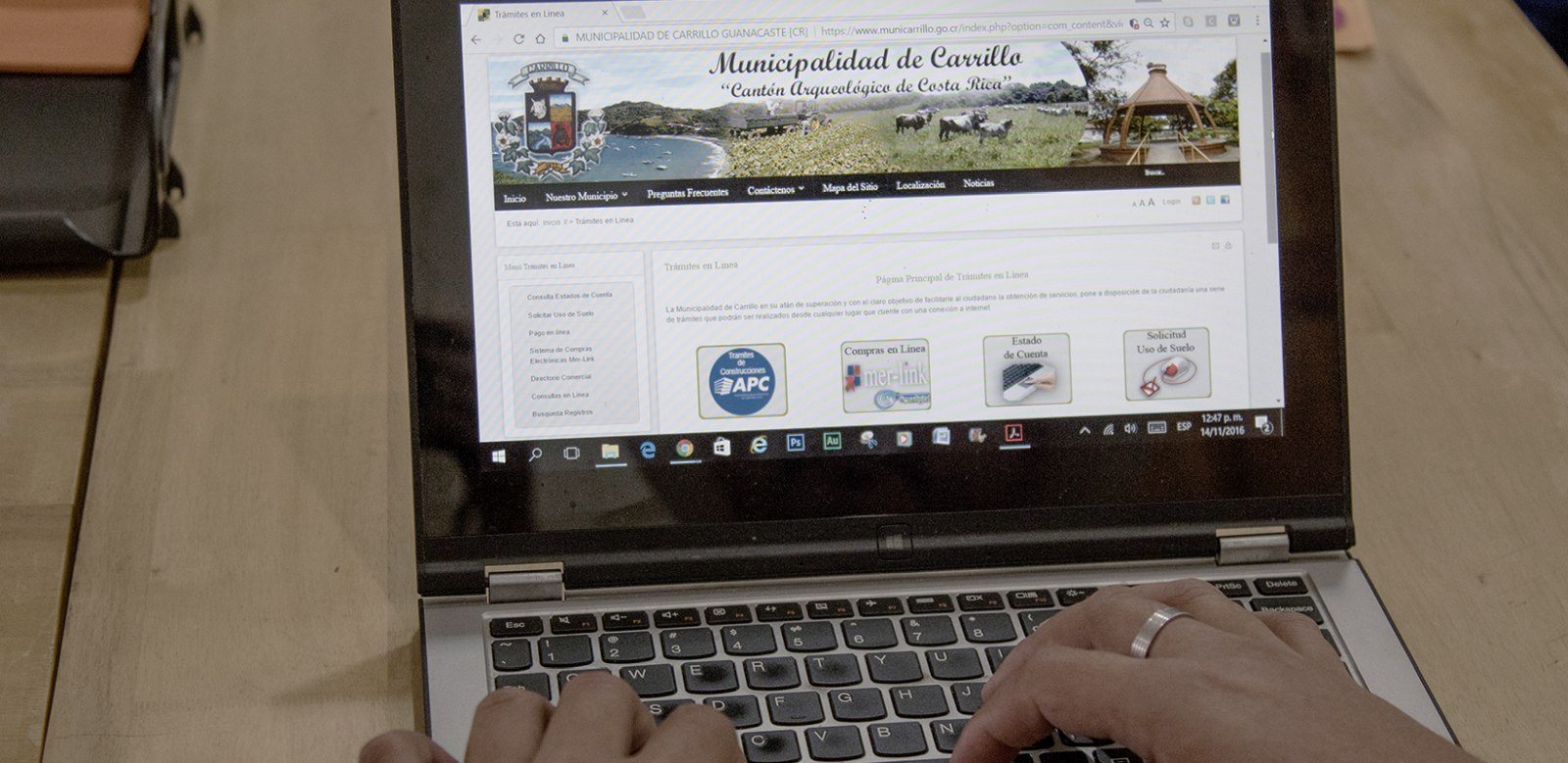
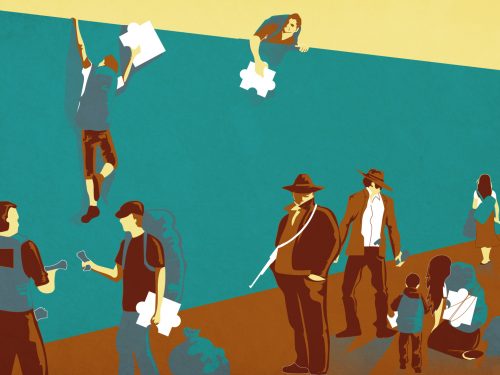
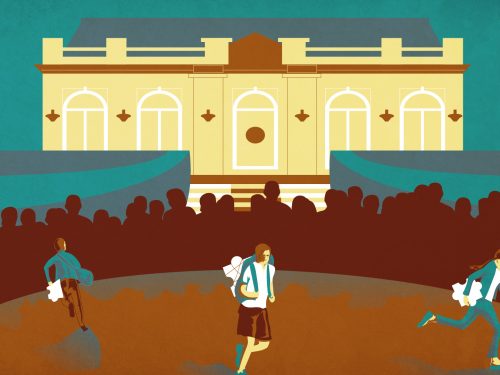
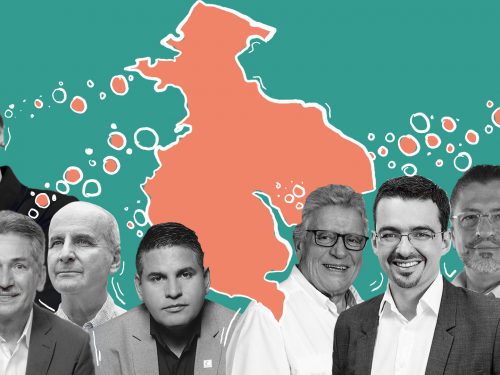

Comments